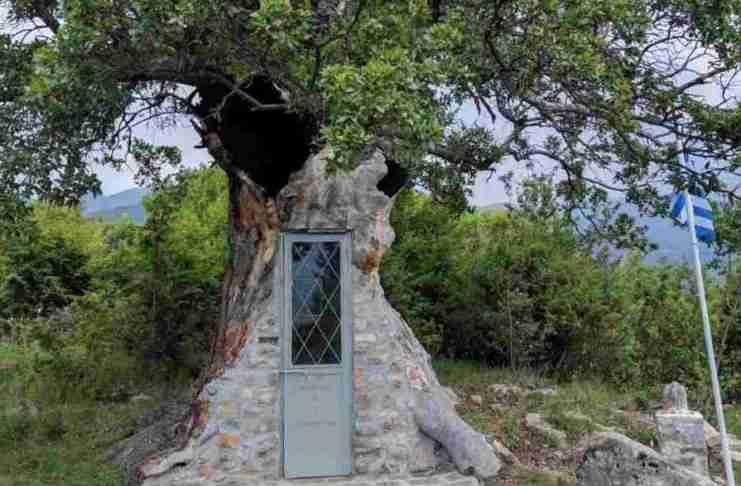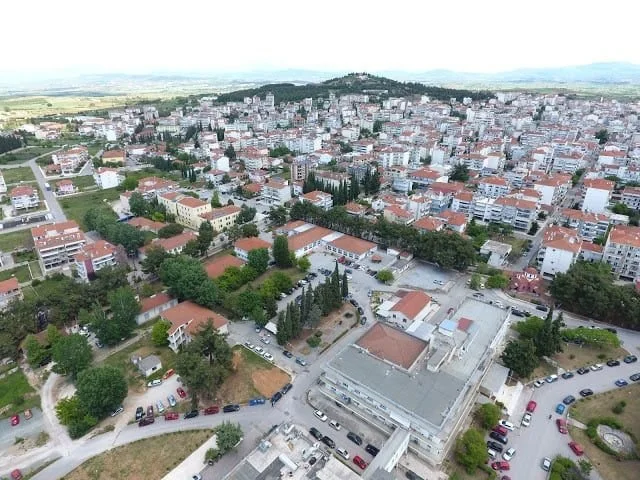The ancient Greeks believed that Delphi was the very center of the world. And now, a stunning video captured by UP DRONES brings that belief to life with breathtaking aerial views over the ruins of this legendary site.
Delphi: A Sacred Landscape Steeped in Myth and History
Nestled on the lush, fir-covered slopes of Mount Parnassus in southern Greece lies Delphi—once the most significant religious center of the ancient world and still a place that draws visitors from across the globe.
Delphi was known as the “navel of the Earth.” According to Greek mythology, Zeus released two eagles—one from the East and one from the West—to find the center of the world. The spot where they met was Delphi, forever marking it as the Earth’s “omphalos” (navel).
But the site’s mythic origins go even deeper. Tradition holds that the oracle originally belonged to Gaia, the Earth goddess, who lived there with her son, Python. When the god Apollo, in the form of a dolphin, arrived at Delphi’s port city of Kirrha, he killed Python and claimed the oracle for himself. There, he established his sacred sanctuary—the Temple of Apollo. This myth of divine conquest was commemorated in local festivals such as the Septeria, Delphinia, Thargelia, Theophania, and the renowned Pythian Games.
From Myth to History: Delphi Through the Ages
Delphi was known as Pytho in Homeric times and began as a city within the ancient region of Phocis. Over time, however, its religious significance elevated it to a pan-Hellenic sanctuary—a sacred city for all ancient Greeks. Delphi also became the spiritual center of the Delphic Amphictyony, an alliance of twelve tribes from Central Greece and Thessaly.
Initially based in Anthela, this federation shifted its center to Delphi by the mid-7th century BCE. While its roots were religious, the Amphictyony eventually gained political influence across the Greek world.
Delphi maintained its importance until the late 4th century CE, when Emperor Theodosius I issued a decree that permanently shut down the oracle. In the centuries that followed, the city declined and was ultimately abandoned during the era of Slavic invasions.
Rediscovering Delphi
The ruins of Delphi lay hidden until 1893, when the French Archaeological School began systematic excavations following a ten-year international agreement. To uncover the site, archaeologists first had to remove the village of Kastri, which had been built atop the ancient sanctuary during the Middle Ages, along with vast layers of soil deposited by landslides over the centuries.
What they uncovered was astonishing: the remains of temples, sanctuaries, and thousands of artifacts. Among the most remarkable discoveries were more than 5,000 inscriptions, sculptures, ornamental fragments, and intricate works of art—all representing the grandeur of ancient Greek civilization.
Excavations revealed not only the sanctuaries of Apollo and Athena Pronaia, but also the stadium, gymnasium, the ancient Delphic settlement, and its cemeteries.
A View Like No Other
Today, visitors can explore these ancient wonders both on foot and—thanks to modern technology—from the sky. The drone footage featured in the video titled “DELPHI, the Navel of the Earth from Above” offers a spectacular bird’s-eye perspective, connecting myth, history, and natural beauty in a way that’s truly awe-inspiring.
From sacred myths to monumental ruins, Delphi remains a place where Earth and sky seem to meet—timeless, mysterious, and profoundly moving.









